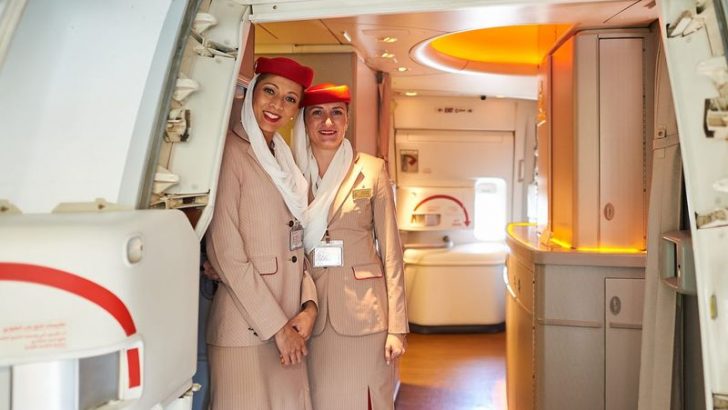In the intricate dance of airline operations, communication is key. Flight attendants, the linchpins of in-flight safety, often employ specific phrases to convey critical information discreetly. These phrases, though seemingly innocuous, can carry underlying messages that passengers might not immediately grasp. Understanding these can provide insight into the hidden language of aviation, where every word is carefully chosen to maintain calm and order. In this article, we unravel five such phrases that may signal a serious situation. By decoding these, passengers can gain a better appreciation for the protocols that ensure their safety at 30,000 feet.
1. Squawk 7500
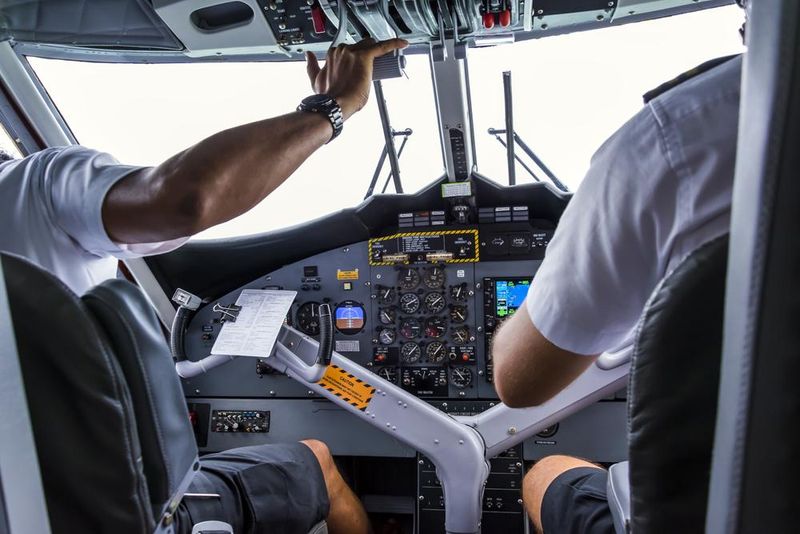
“Squawk 7500” serves as a silent alarm, signaling a possible hijacking. Pilots use this code to communicate with air traffic control, alerting them of a potential security threat without spooking passengers. This discreet method ensures that help is on its way while minimizing panic aboard. The number itself is never mentioned openly; it’s a covert nod to authorities that something is amiss. In the world of aviation, where precision and calm are paramount, this simple set of numbers becomes a crucial part of the safety net. Knowing this code offers a glimpse into the subtle art of crisis communication.
2. Squawk 7700
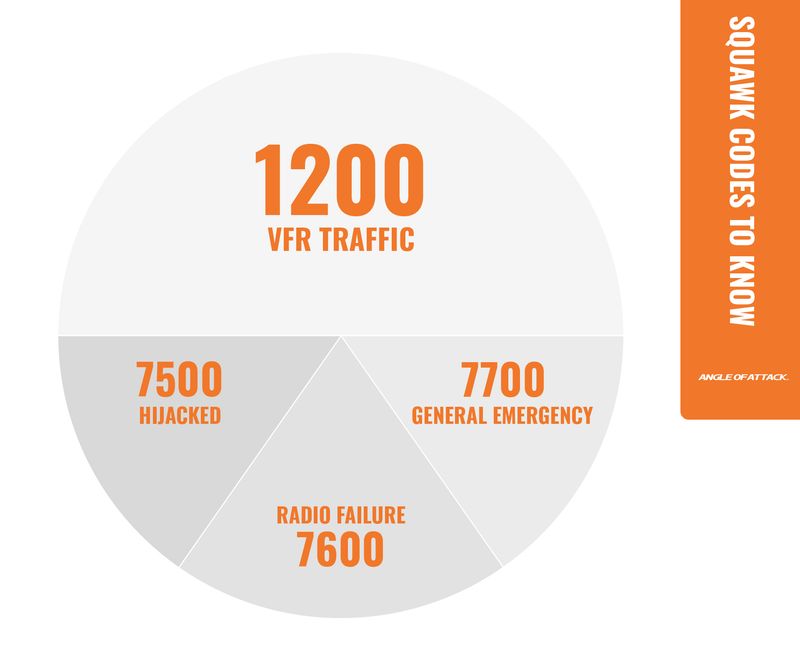
“Squawk 7700” is the universal signal for an emergency, covering everything from medical issues to technical failures. When pilots broadcast this code, it sends an immediate alert, prompting air traffic controllers to prioritize the aircraft. It’s the aviation equivalent of a distress call. The use of this code reflects the need for swift action and coordination on land and in the air. For passengers, hearing about a “7700” situation might not happen directly, but rest assured, it means every step is being taken to handle the emergency efficiently and effectively. It’s all about prioritizing safety above all else.
3. Code Red
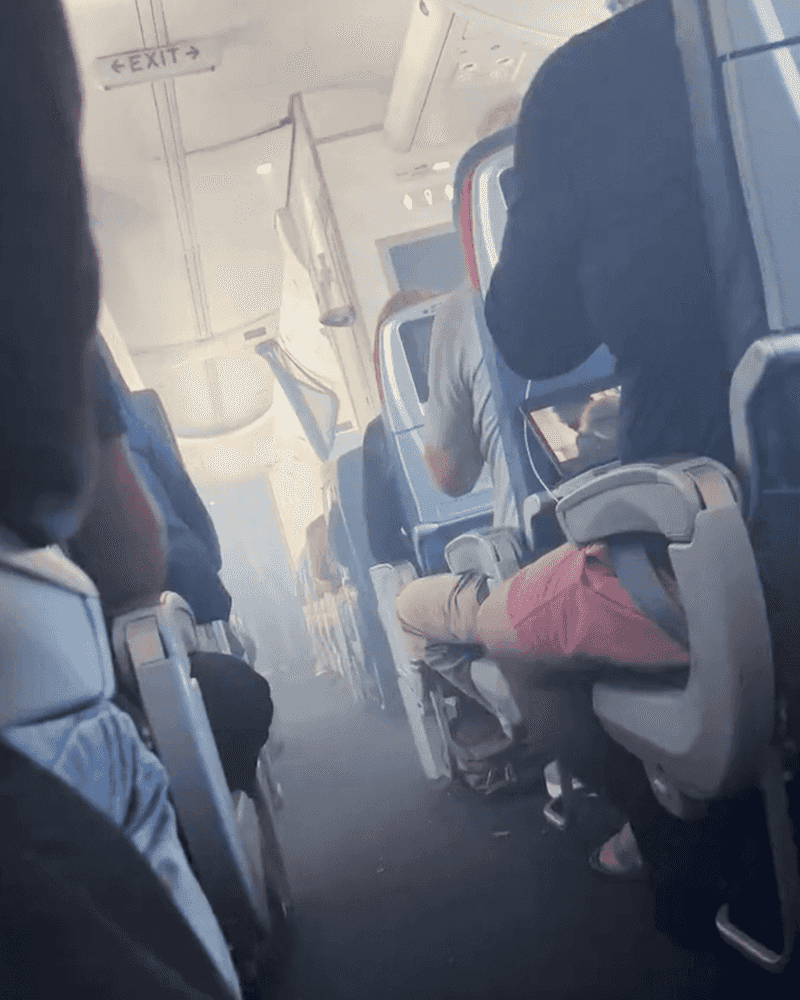
When the term “Code Red” is uttered, it indicates a severe situation on board, potentially requiring immediate action. It’s a term reserved for critical moments, such as technical malfunctions that could lead to emergency landings. The phrase allows the crew to communicate the gravity of a situation without alarming passengers. This code underscores the vital role of flight attendants as orchestrators of safety under pressure. The ability to convey urgency without inducing fear is a skill honed through rigorous training, reflecting the professionalism and dedication required in such high-stakes environments.
4. Ditch
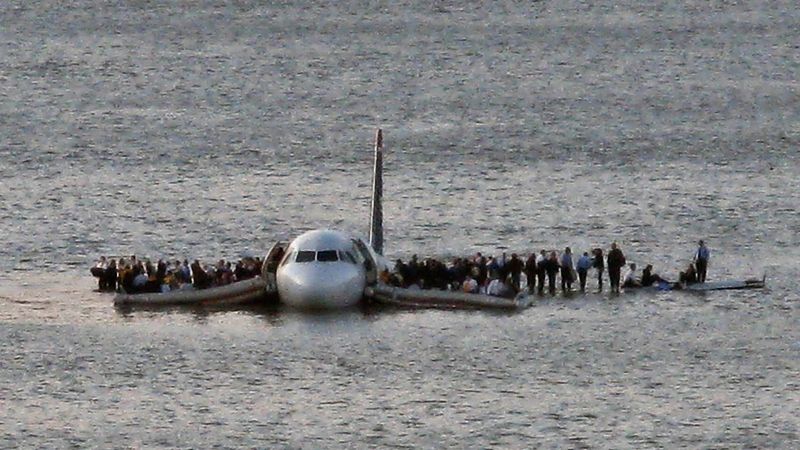
“Ditch” is the term for preparing an aircraft for a water landing. In such scenarios, the crew’s role becomes even more critical, guiding passengers through safety protocols and ensuring access to life-saving equipment like vests and rafts. This term is used to mentally prepare both crew and passengers for the reality of landing on water, a rare but practiced emergency procedure. It signifies the importance of readiness and adaptability in aviation. Knowing this term allows passengers to understand the seriousness with which airlines train to handle even the most unlikely scenarios with precision and calm.
5. Last-minute paperwork
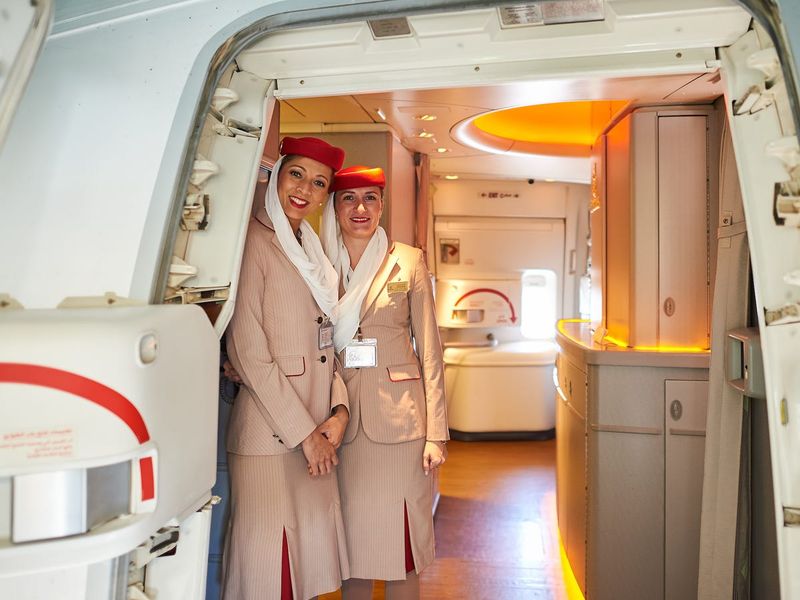
Mentions of “last-minute paperwork” by the cabin crew often mask underlying issues requiring resolution before takeoff. It might involve maintenance checks or alterations to flight plans. While it sounds mundane, it can signal that something isn’t quite right. This phrase serves as a subtle way to communicate delays or adjustments without unnecessary alarm. The aviation world values thoroughness and precision, and this phrase is a testament to the rigorous checks ensuring everything is in place for a safe journey. It’s a reminder of the complex orchestration behind what passengers often perceive as a straightforward flight.

Well, hello there!
My name is Jennifer. Besides being an orthodontist, I am a mother to 3 playful boys. In this motherhood journey, I can say I will never know everything. That’s why I always strive to read a lot, and that’s why I started writing about all the smithereens I came across so that you can have everything in one place! Enjoy and stay positive; you’ve got this!

